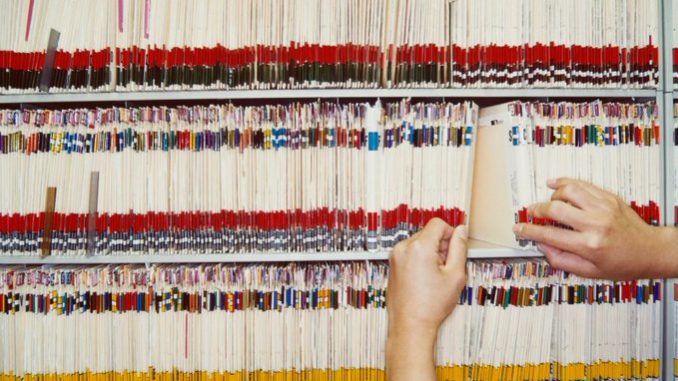
The algorithm scans electronic records and may reduce sepsis deaths, but widespread adoption could be a challenge
Ten years ago, 12-year-old Rory Staunton dove for a ball in gym class and scraped his arm. He woke up the next day with a 104 F fever, so his parents took him to the pediatrician and eventually the emergency room. It was just the stomach flu, they were told. Three days later, Rory died of sepsis after bacteria from the scrape infiltrated his blood and triggered organ failure.
“How does that happen in a modern society?” his father, Ciaran Staunton, said in a recent interview with Undark.
Each year in the United States, sepsis kills over a quarter million people — more than stroke, diabetes, or lung cancer. One reason for all this carnage is that sepsis isn’t well understood, and if not detected in time, it’s essentially a death sentence. Consequently, much research has focused on catching sepsis early, but the disease’s complexity has plagued existing clinical support systems — electronic tools that use pop-up alerts to improve patient care — with low accuracy and high rates of false alarm.
That may soon change. Back in July, Johns Hopkins researchers published a trio of studies in Nature Medicine and npj Digital Medicine, showcasing an early warning system that uses artificial intelligence. The system caught 82 percent of sepsis cases and reduced deaths by nearly 20 percent. While AI — in this case, machine learning — has long promised to improve health care, most studies demonstrating its benefits have been conducted on historical datasets. Sources told Undark that, to the best of their knowledge, when used on patients in real-time, no AI algorithm has shown success at scale. Suchi Saria, director of the Machine Learning and Health Care Lab at Johns Hopkins University and senior author of the studies, said the novelty of this research is how “AI is implemented at the bedside, used by thousands of providers, and where we’re seeing lives saved.”
